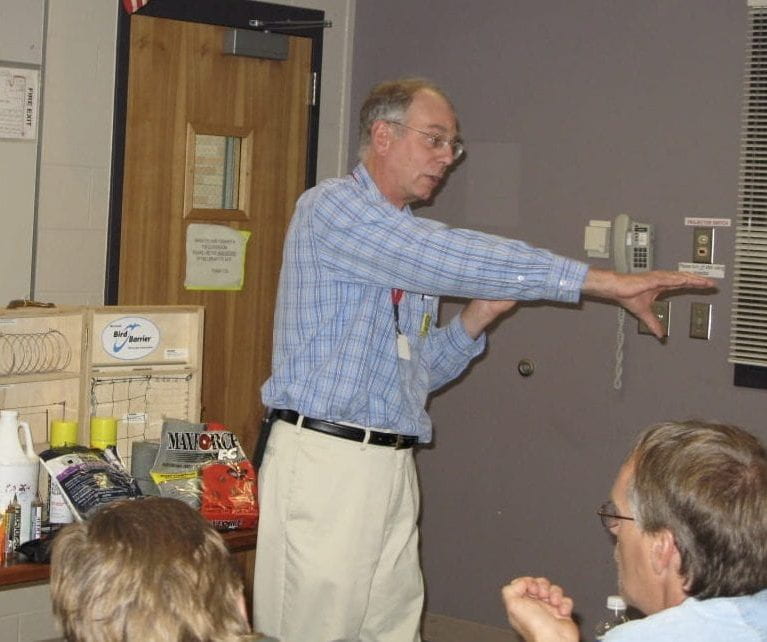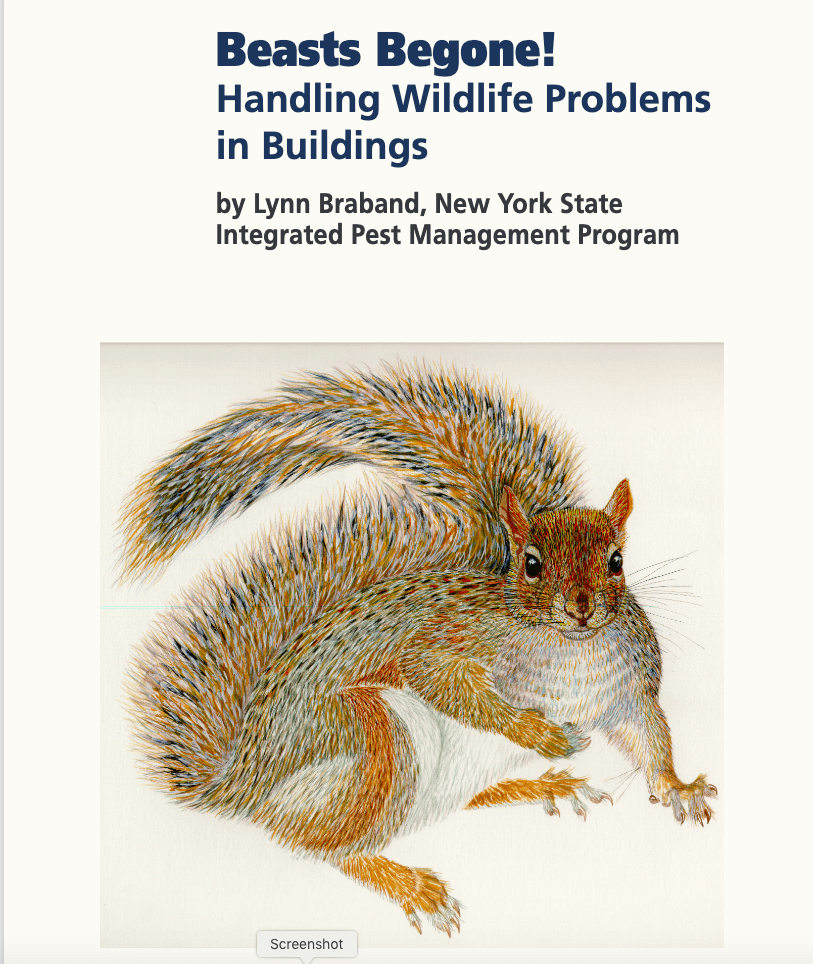Guest post #4 by Lynn Braband, retired from our NYSIPM Program but still part of the ‘family’. Lynn’s career experience with wildlife management AND IPM led him to prepare blog posts that addressed the issues faced by wildlife managers in protecting properties while promoting wildlife. Can managing damage also benefit wildlife conservation?
In four posts, Lynn addresses: relevance to a changing society, motivation to preserve habitats and species, conflict with highly valued and economically important wildlife species, endangered species protection, and ecosystem integrity. See Post One, Post Two, Post Three
In my last blog, I introduced the approaches that wildlife damage professionals utilize when addressing human-wildlife conflicts by discussing human behavior modification, lethal control, fertility control, and wildlife translocation. Today, we will briefly look at five other general approaches.
Fear-provoking stimuli
A large and varied collection of techniques, varying in sophistication and effectiveness, are included in this category of wildlife damage management techniques. Many types of visually based products and approaches have been developed to repel birds which rely heavily on vision to avoid danger.

Fladry (long strings of flagging material) has been effective with wolves and, to a lesser degree, coyotes. Auditory devices utilize loud noises or recorded distress calls. Odor based stimuli will be described in the next section.
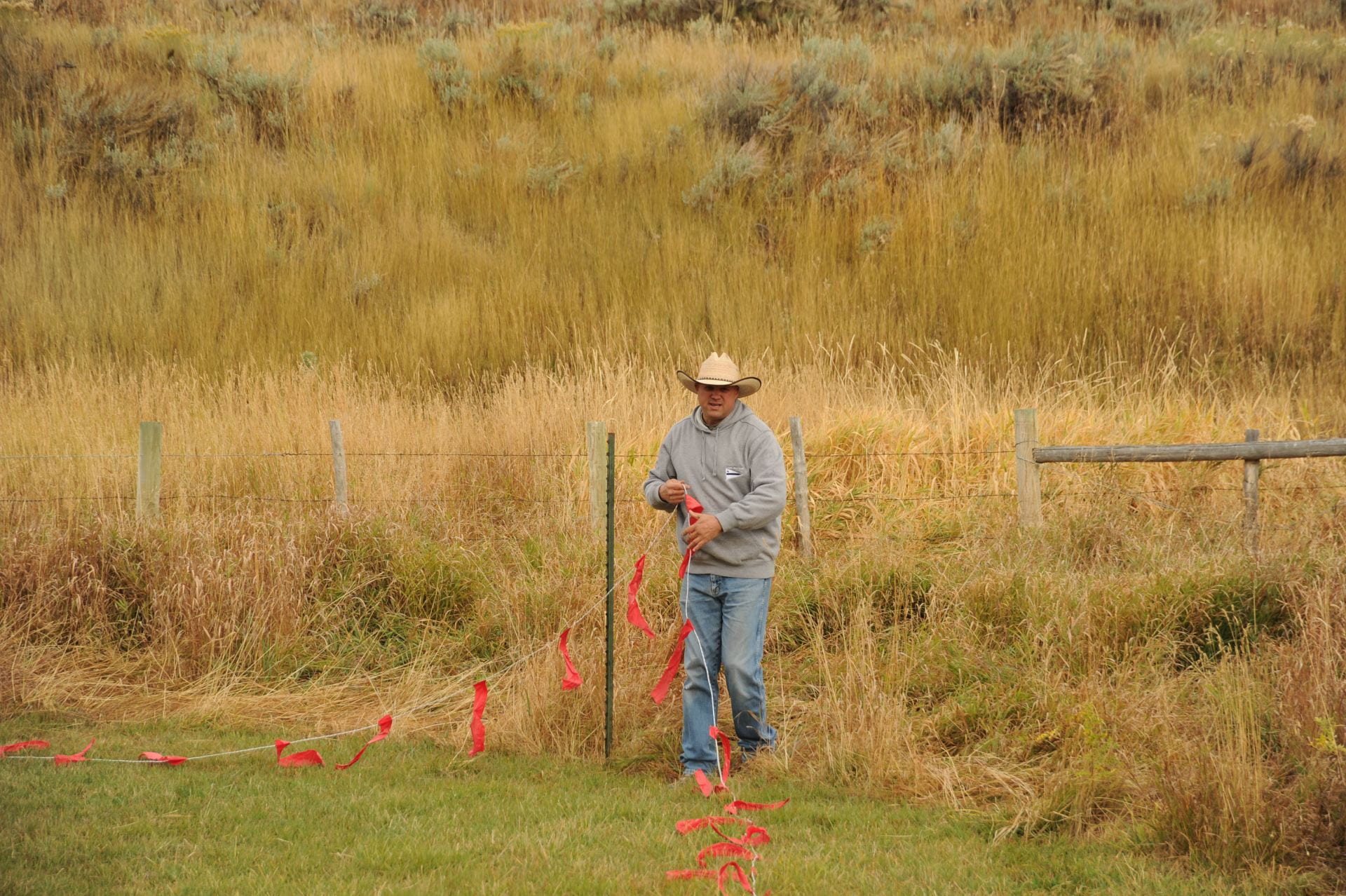
Live predators, such as trained falcons or dogs, as well as remote-controlled model vehicles, have been used to harass wildlife such as gulls and geese away. Guard animals, as dogs, are used to protect livestock from predators and Christmas tree plantations and orchards from deer.
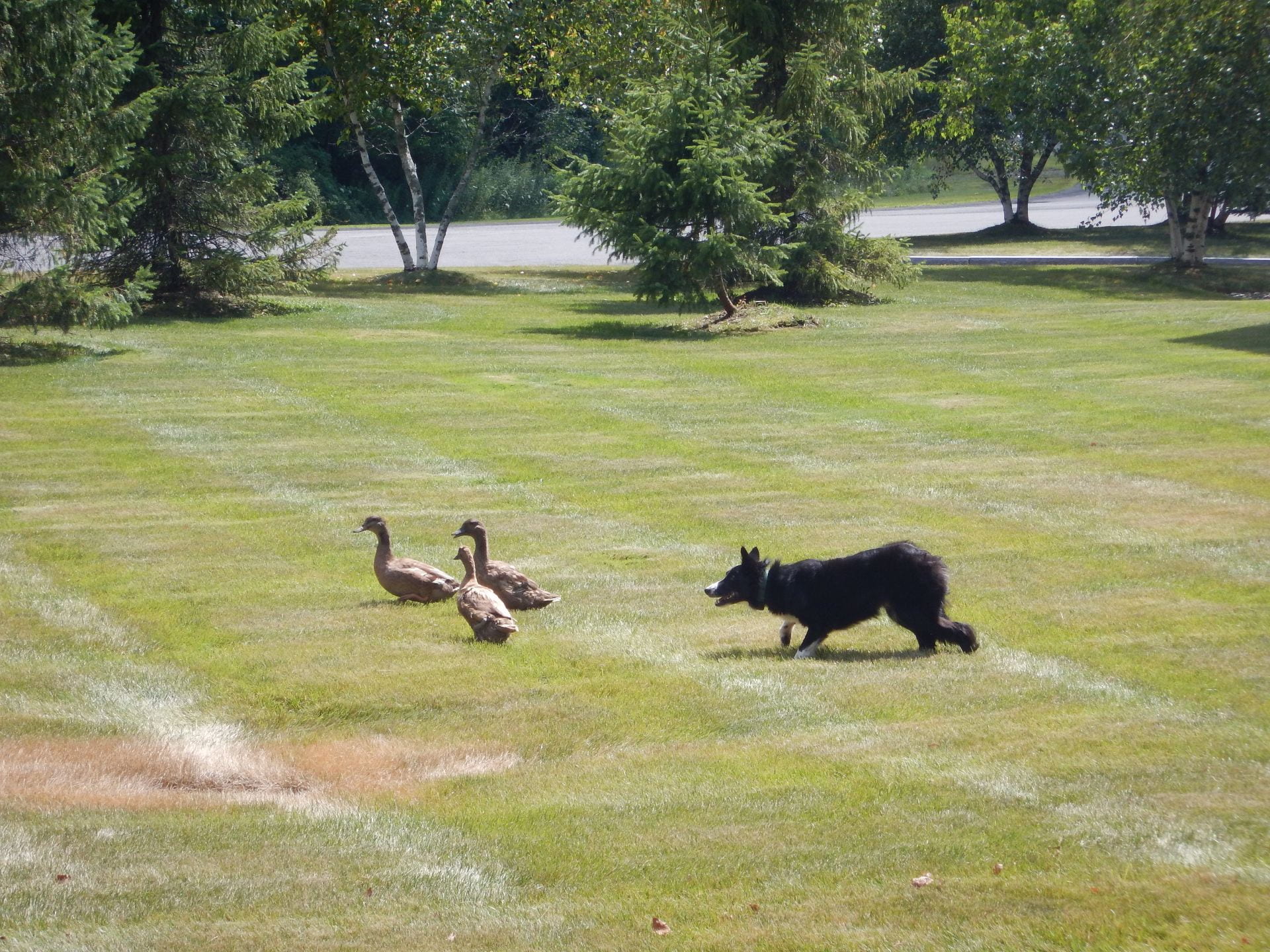
Many fear-provoking techniques are subject to habituation where the technique loses effectiveness once the target animals realize the lack of real risk, essentially “getting use” to the stimulus. Habituation may be delayed by 1) incorporating movement in the technique; 2) only utilizing the technique when damage is anticipated; and 3) reinforcing by utilizing more than one technique.
Chemical repellents
Most chemical repellents affect the target animal’s sense of taste, smell, or touch(contact). Commercial taste repellents are available to protect plants from herbivores as deer and rabbits. Other taste repellents utilize compounds, such as methyl anthranilate, to repel birds. Olfactory deer repellents include products based on predator urine and sulfur compounds, which may mimic predator urine. Several contact repellents, containing polybutenes or other ingredients, form a sticky surface that is uncomfortable for pigeons and other birds. Polybutene products tend to be messy and may get stuck in the bird’s feathers. It is important to realize that repellents are legally classified as pesticides and thus subject to the same regulations as other pesticides.
Diversion
Diversion refers to providing an alternative seeking to attract wildlife away from the resource potentially damaged. Agricultural examples include planting food plots or creating browse. In one national wildlife refuge, starlings were usurping Wood Duck houses until refuge staff installed starling-sized bird houses as an alternative.
Exclusion
When practical, physical barriers to prevent animal access to the protected resource are among the best approaches to solving wildlife damage issues. Examples include various types of fencing seeking to prevent animal access to agricultural crops or other sensitive sites.
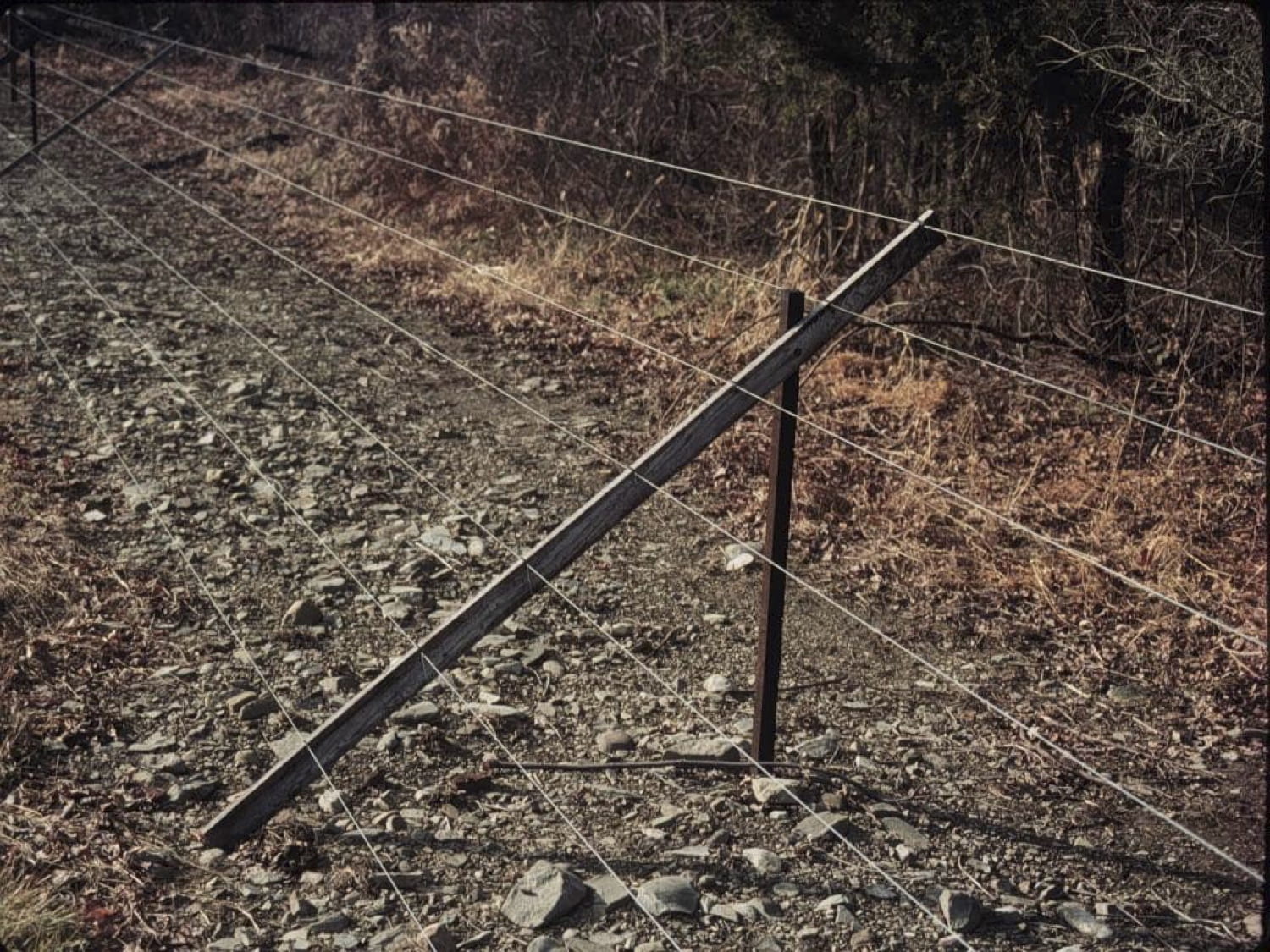

A wide range of specialized products for bird exclusion have been developed, and new products and accessories come on the market frequently. On retention ponds and other ponds where human use is discouraged, installing a grid or parallel lines of cable, wire, or heavy-test fishing line will discourage use by geese and gulls. Several exclusion approaches have been developed seeking to prevent beavers from building or repairing dams.
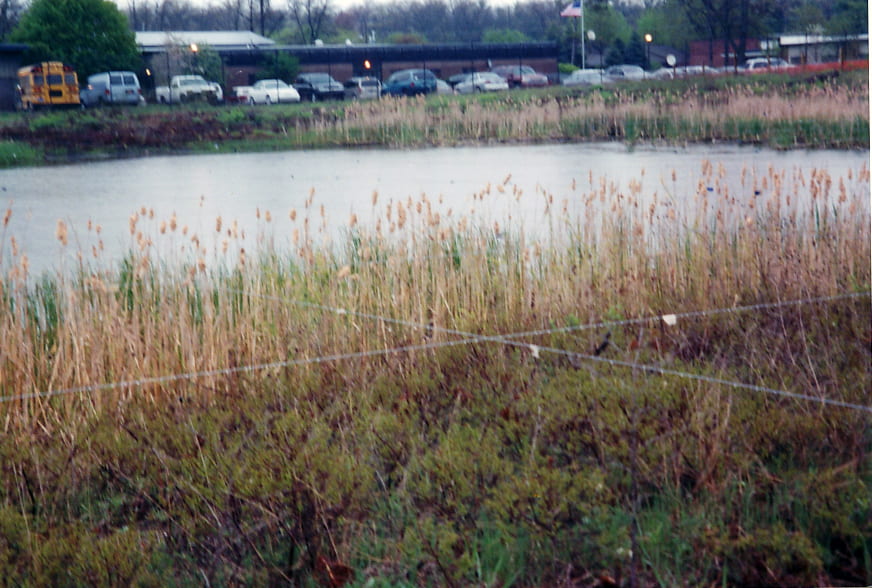

Habitat manipulation
This approach to preventing or reducing wildlife damage may be implemented at a range of scale. The vulnerable resource itself might be modified. Water bodies with mowed grass up to the water’s edge provides ideal conditions for Canada Goose foraging. Changes, as planting shrubs or installing physical barriers, near the water line reduces the appeal of the site to the birds.

Research by Cornell’s Paul Curtis indicate that wood sided houses painted brown tend to sustain more damage from woodpeckers than differently colored structures (photo).
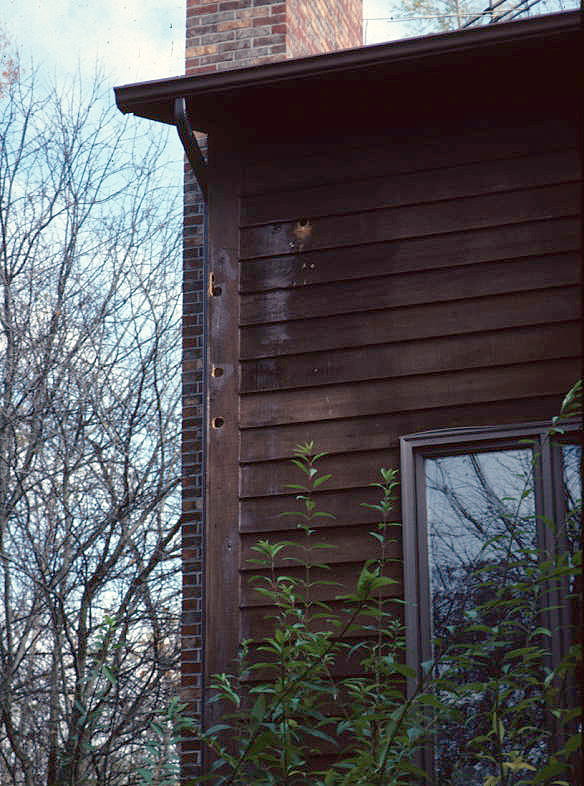
The habitat surrounding the vulnerable resource might be modified. Reducing or eliminating thick grassy cover in orchards reduces habitat for voles which can cause significant damage to fruit trees.
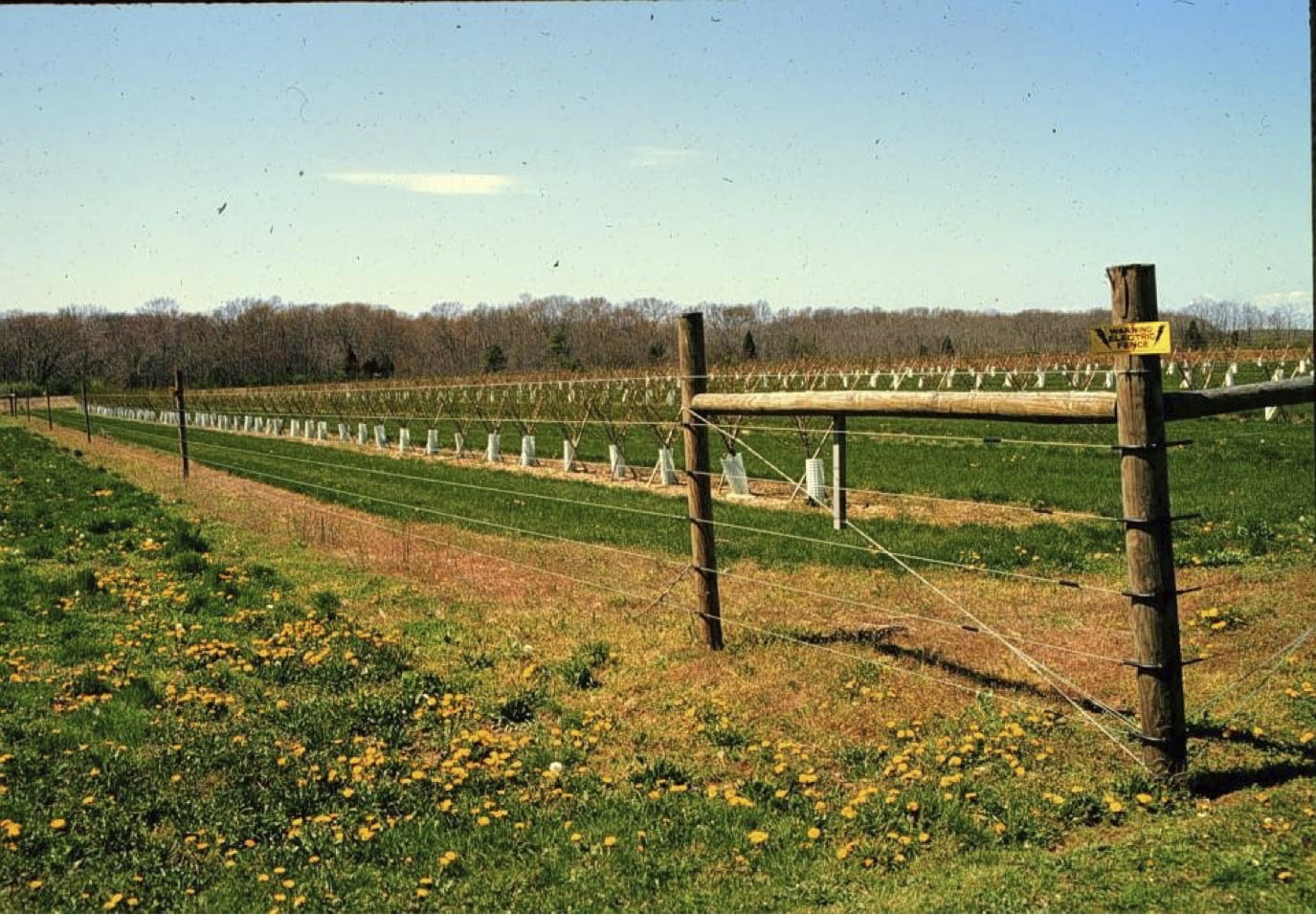
Landscape scale approaches, such as addressing the relationship of wildlife refugia to the vulnerable resource, are potentially applicable to agriculture, airfields, and housing developments, among other contexts.
Wildlife damage management has developed as an important subdivision within wildlife biology and needs to be successfully integrated into wildlife conservation efforts for the long term health of our wild fauna.
______________________________-
NYSIPM would like to thank Lynn Braband for his four part series helping us understand the balance of protecting property and protecting wildlife. Lynn’s many years with the NYSIPM Program allowed him to share that knowledge with our collaborators and audience.

